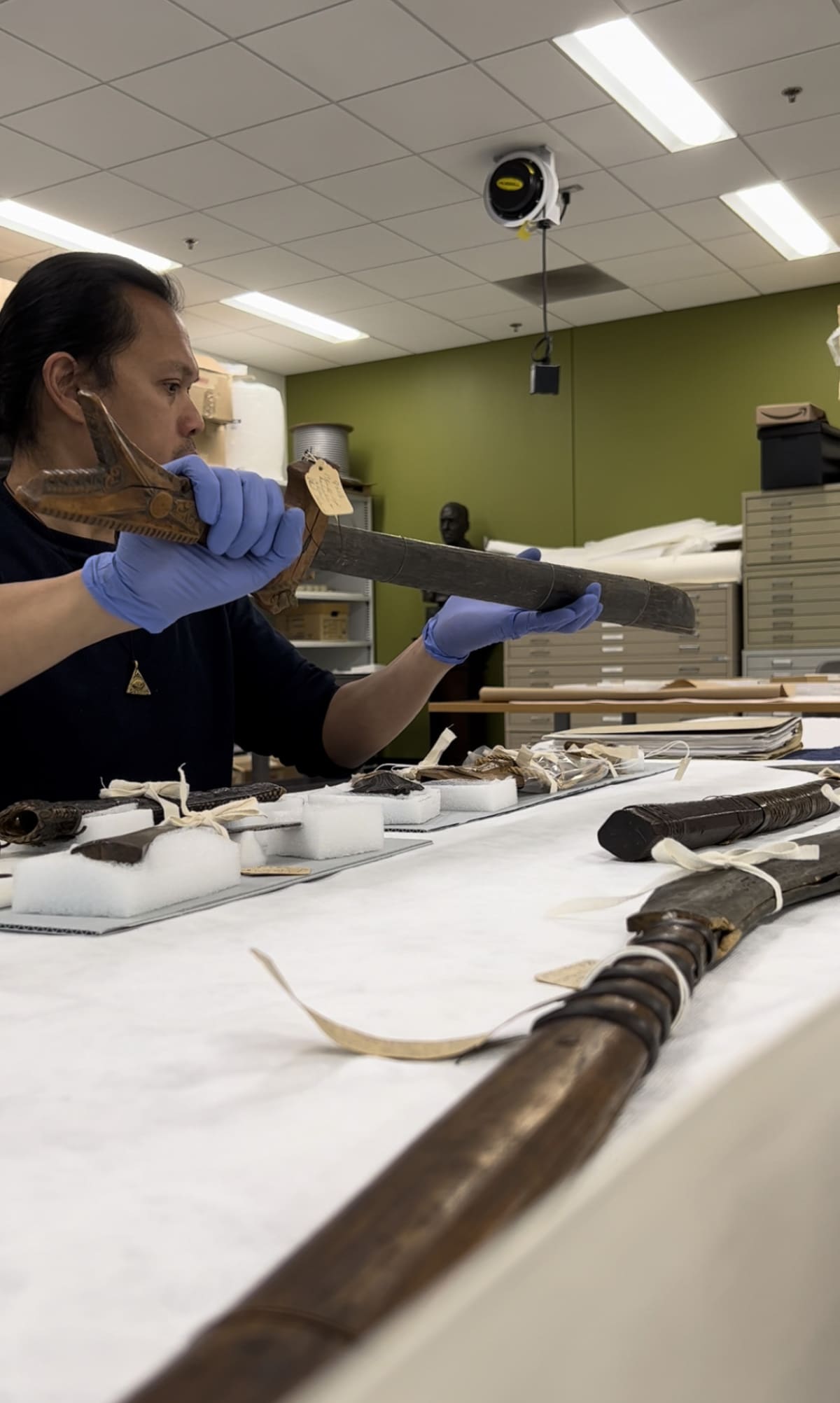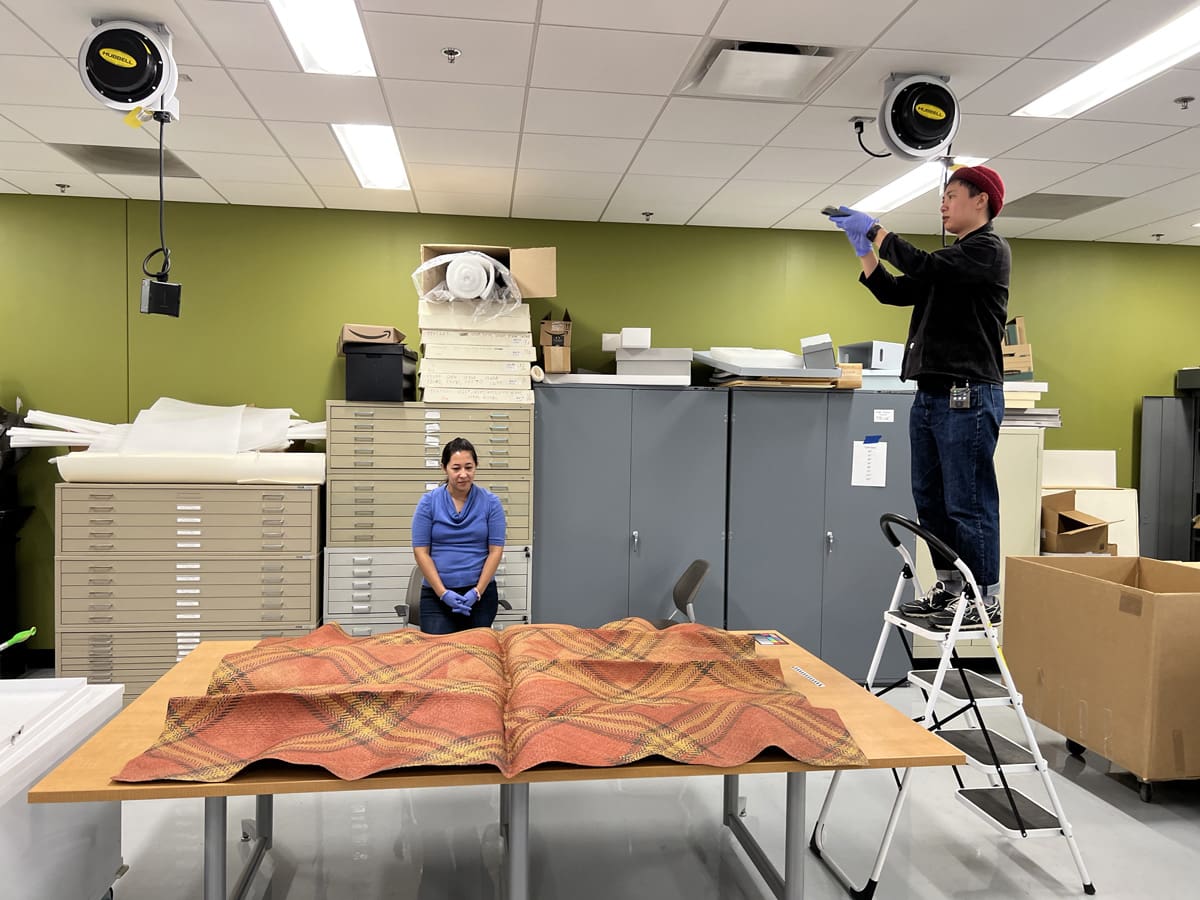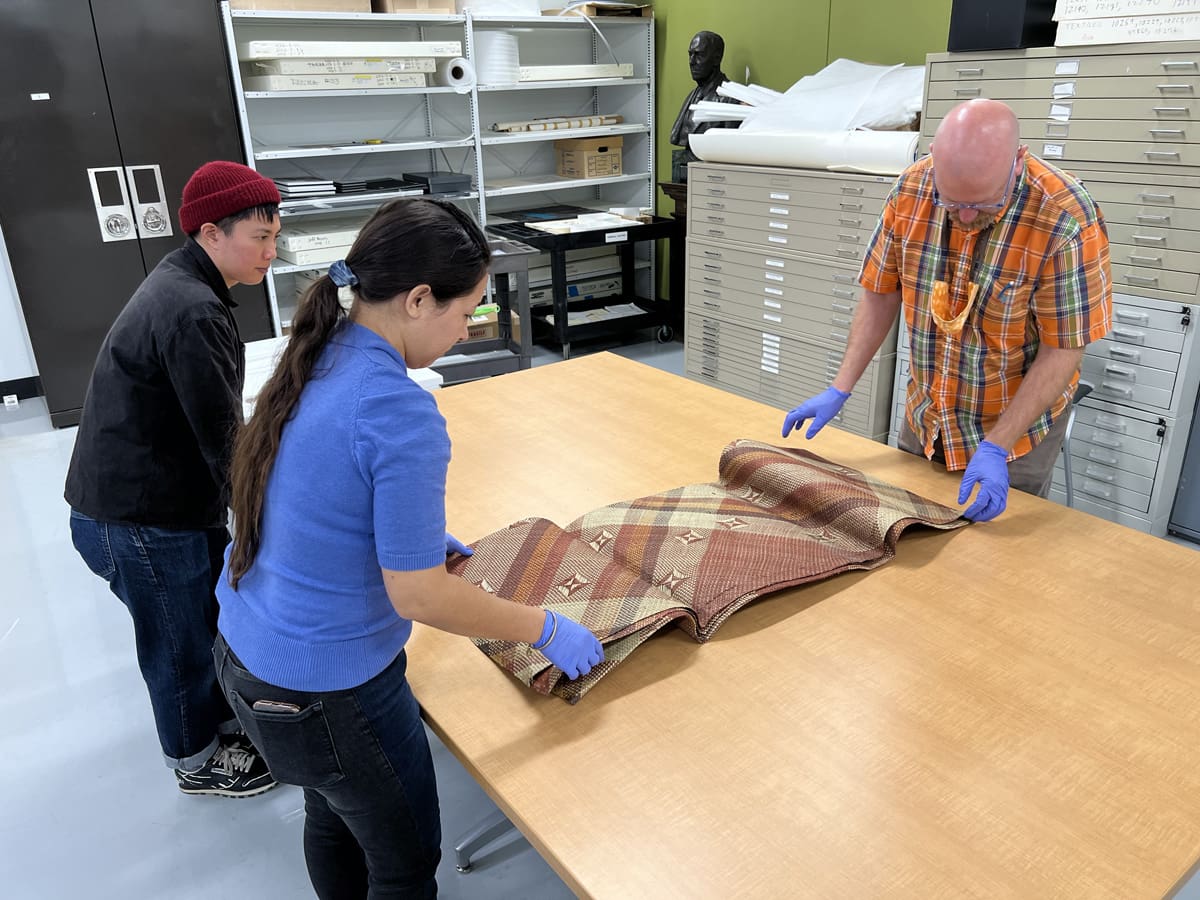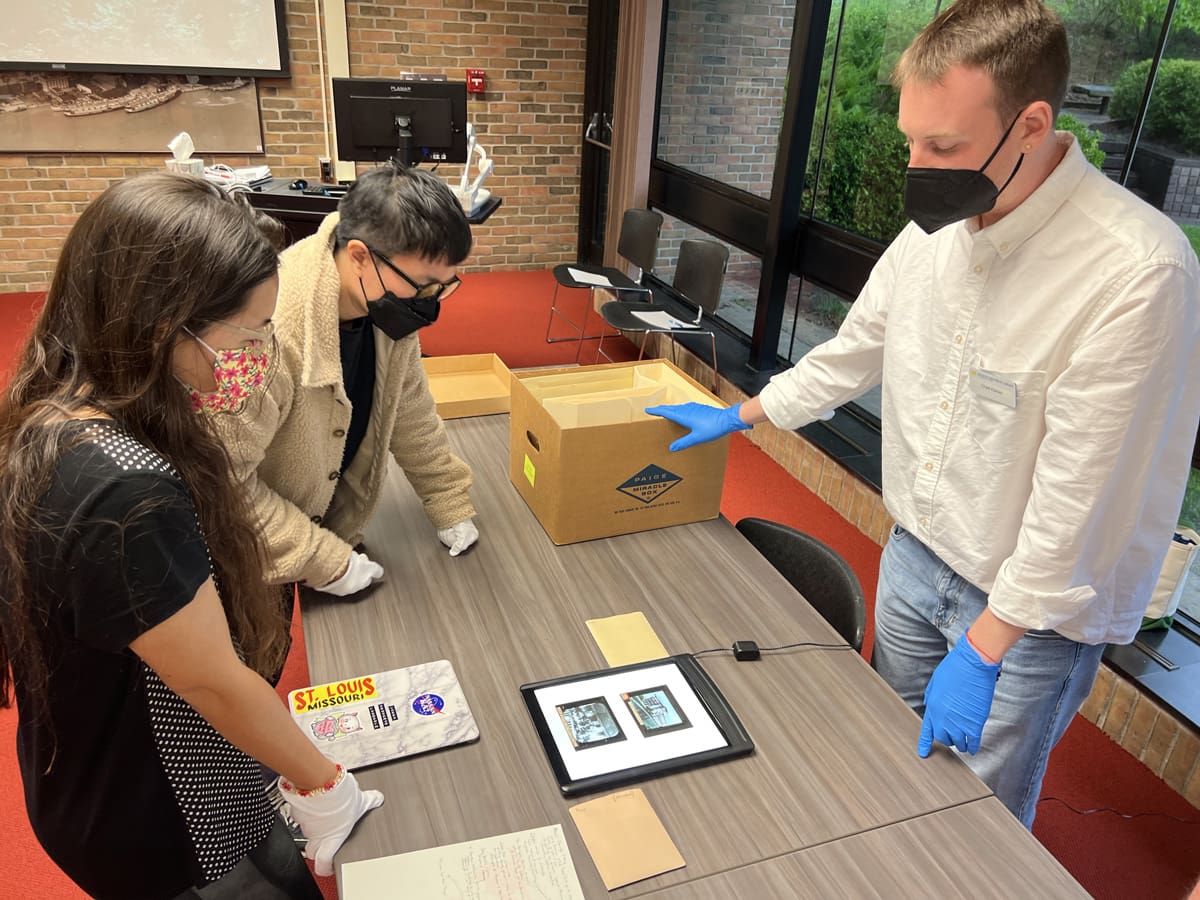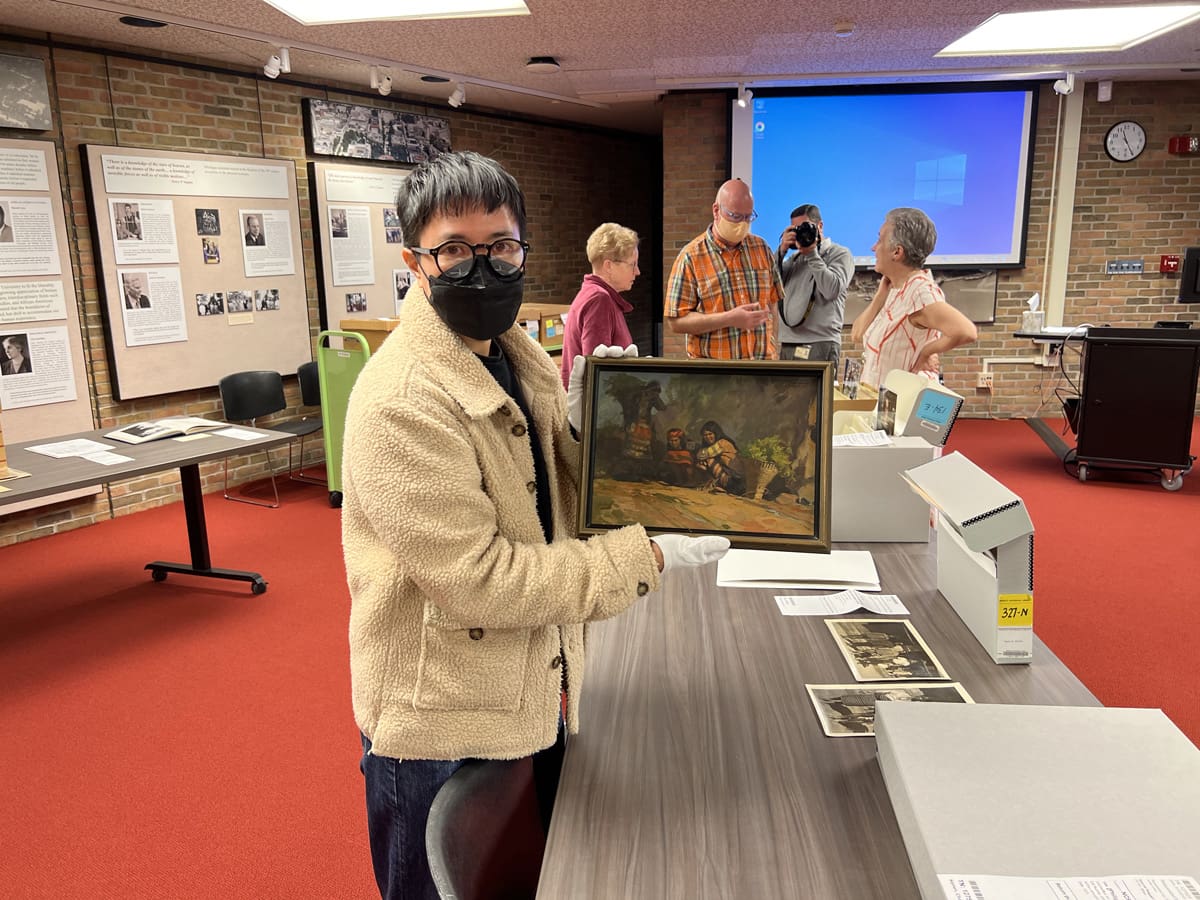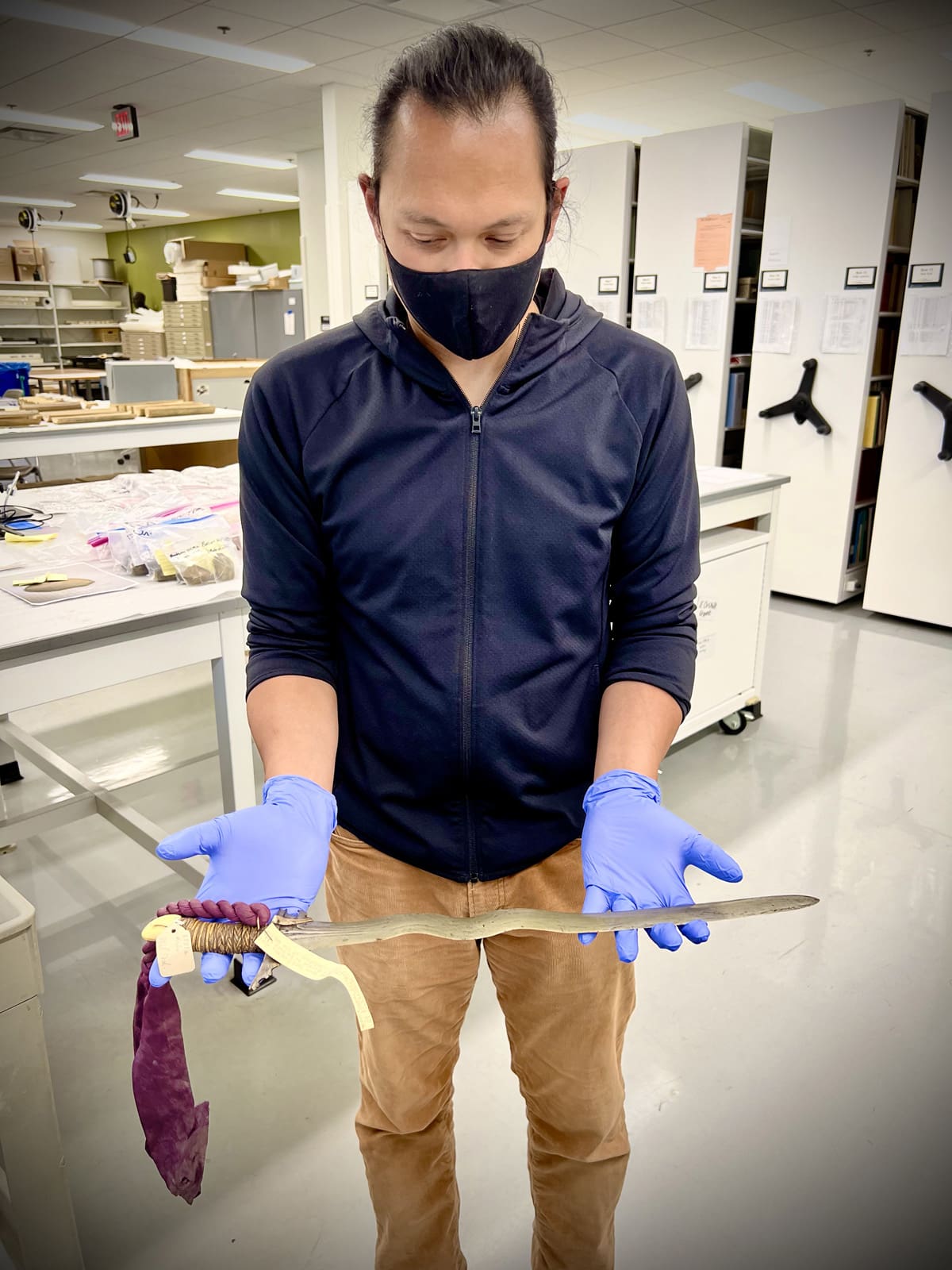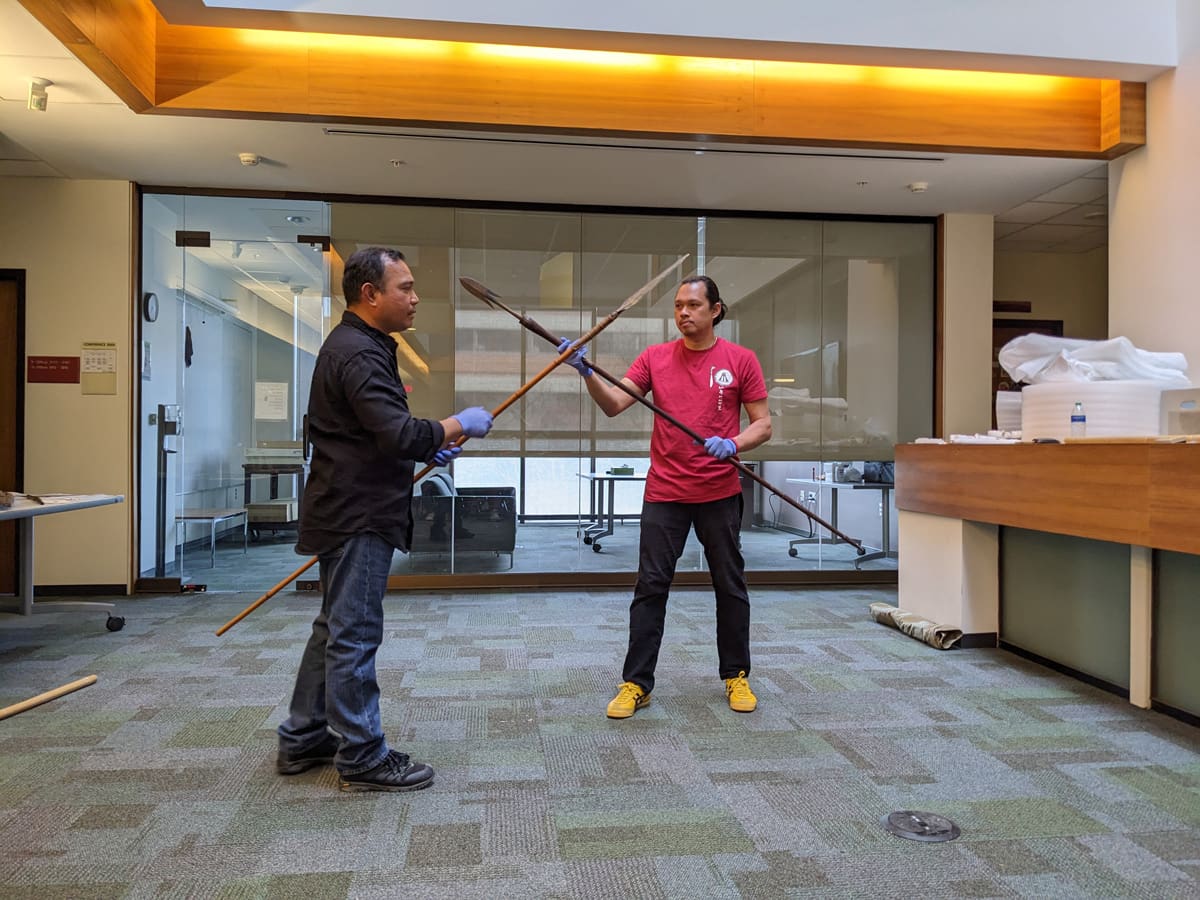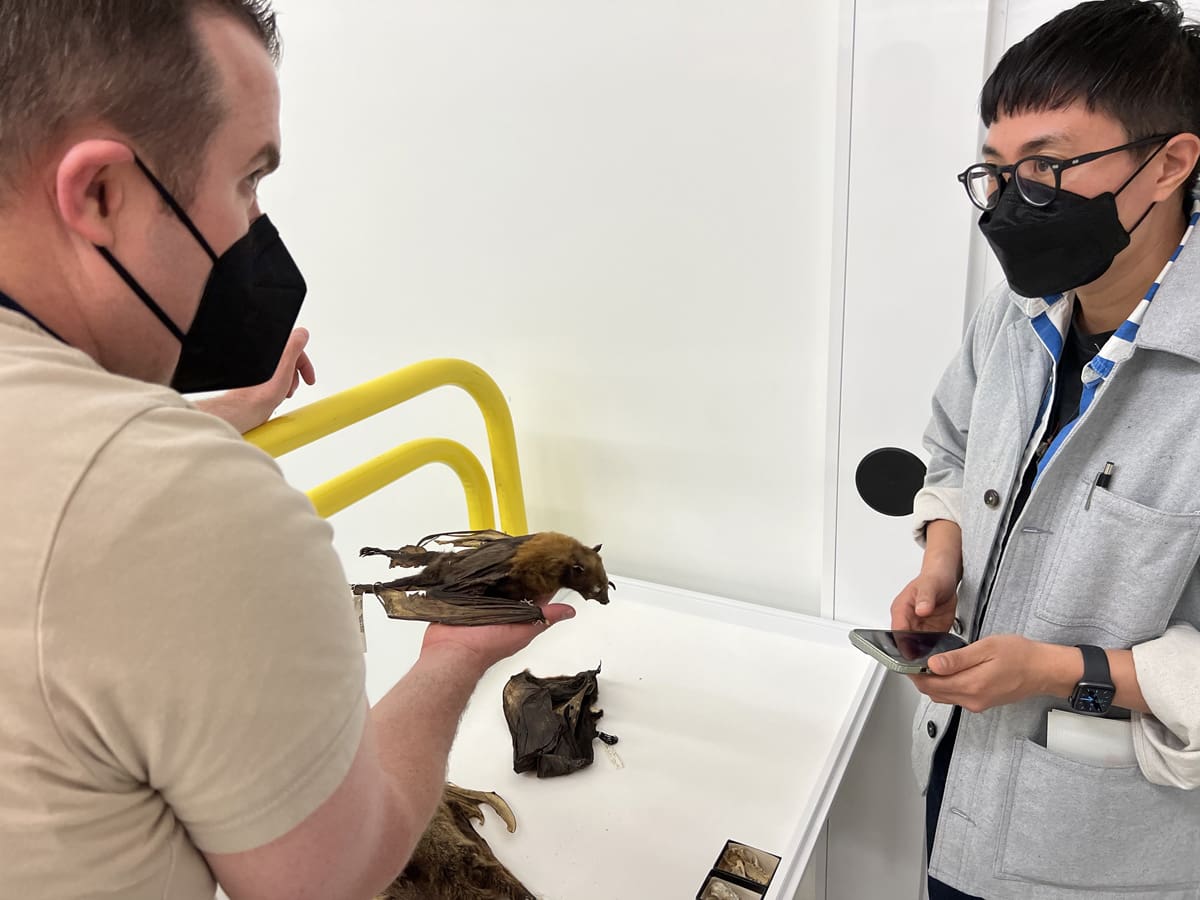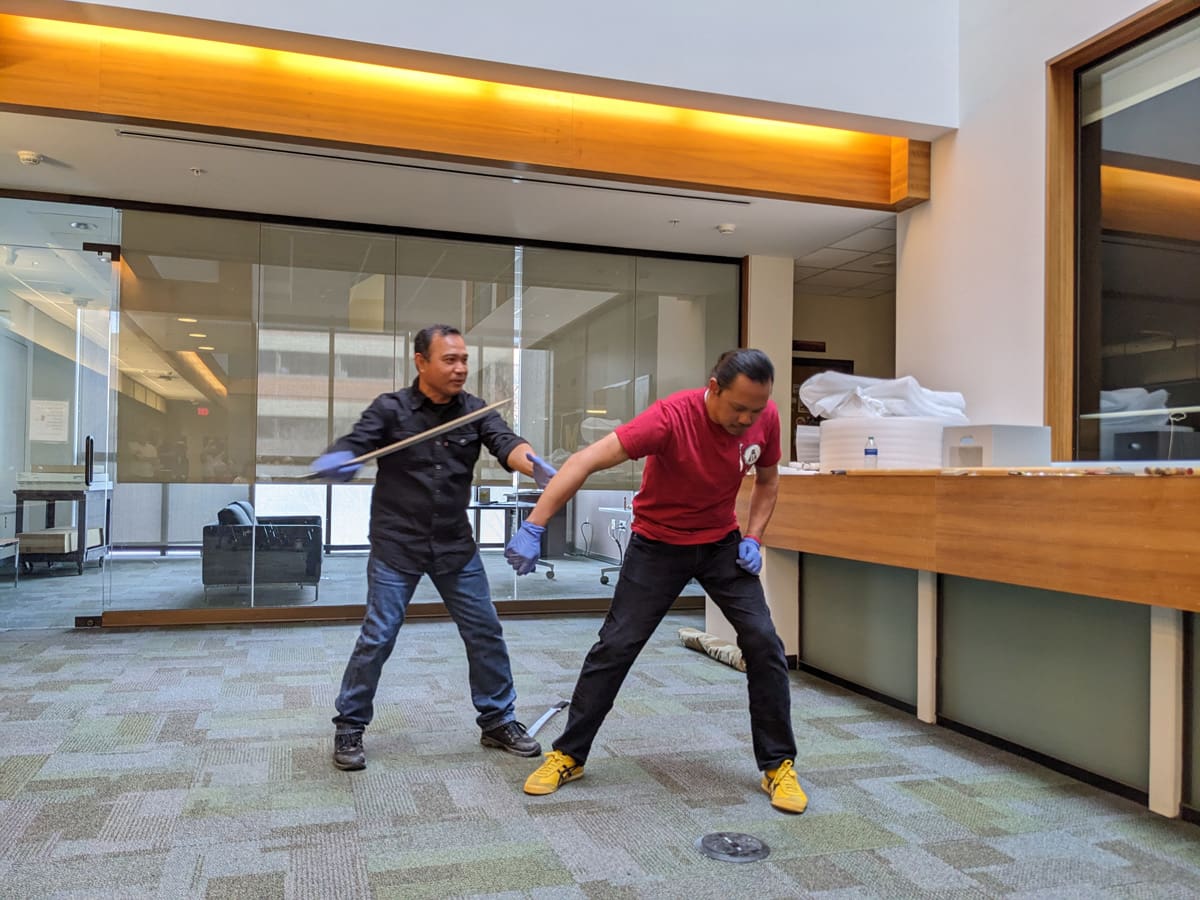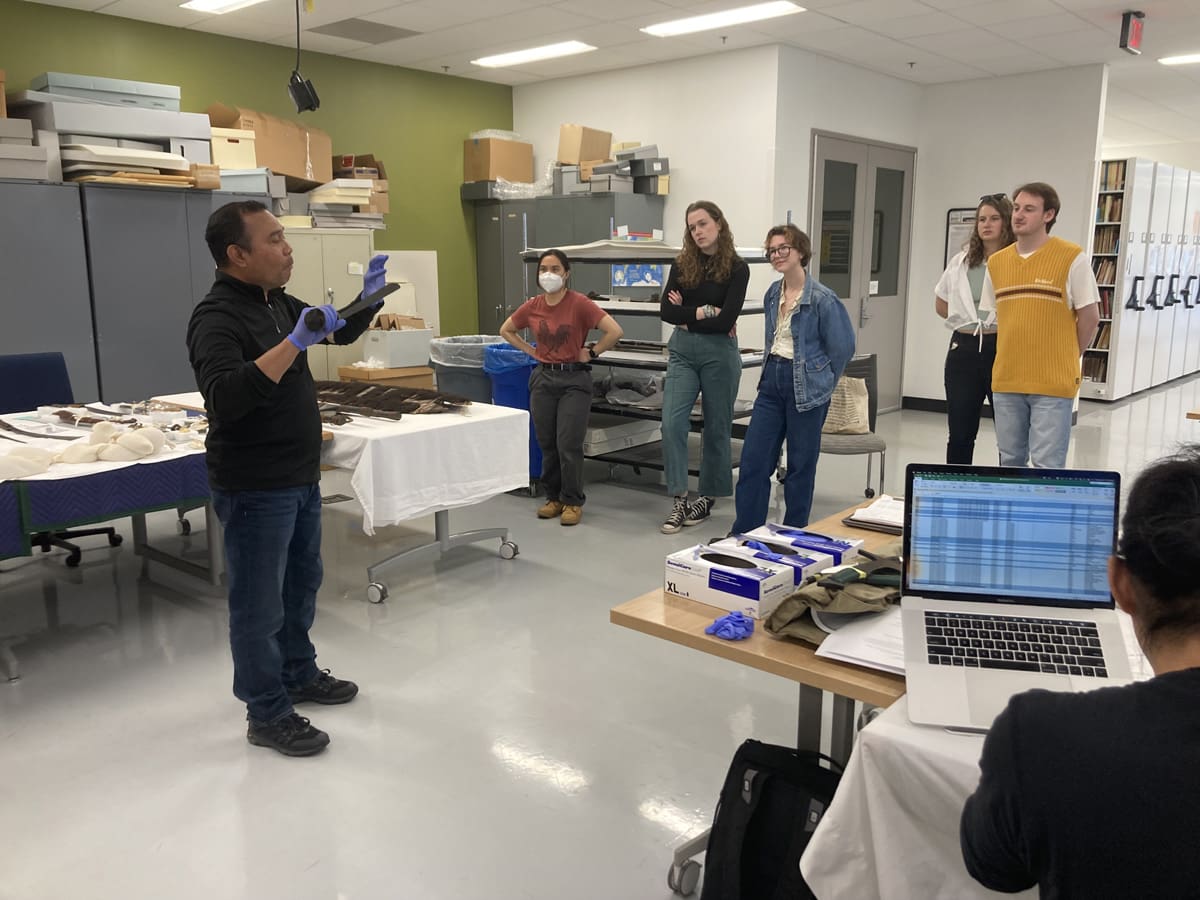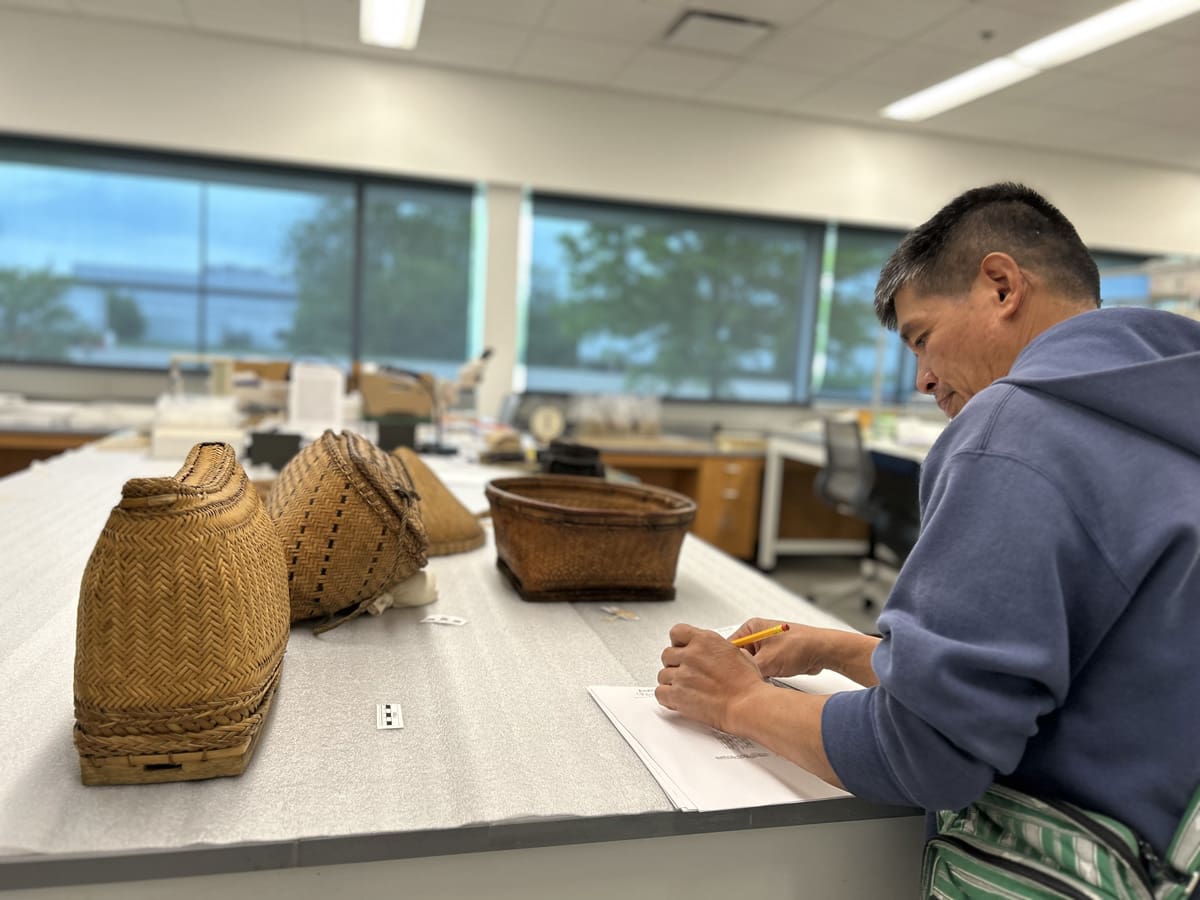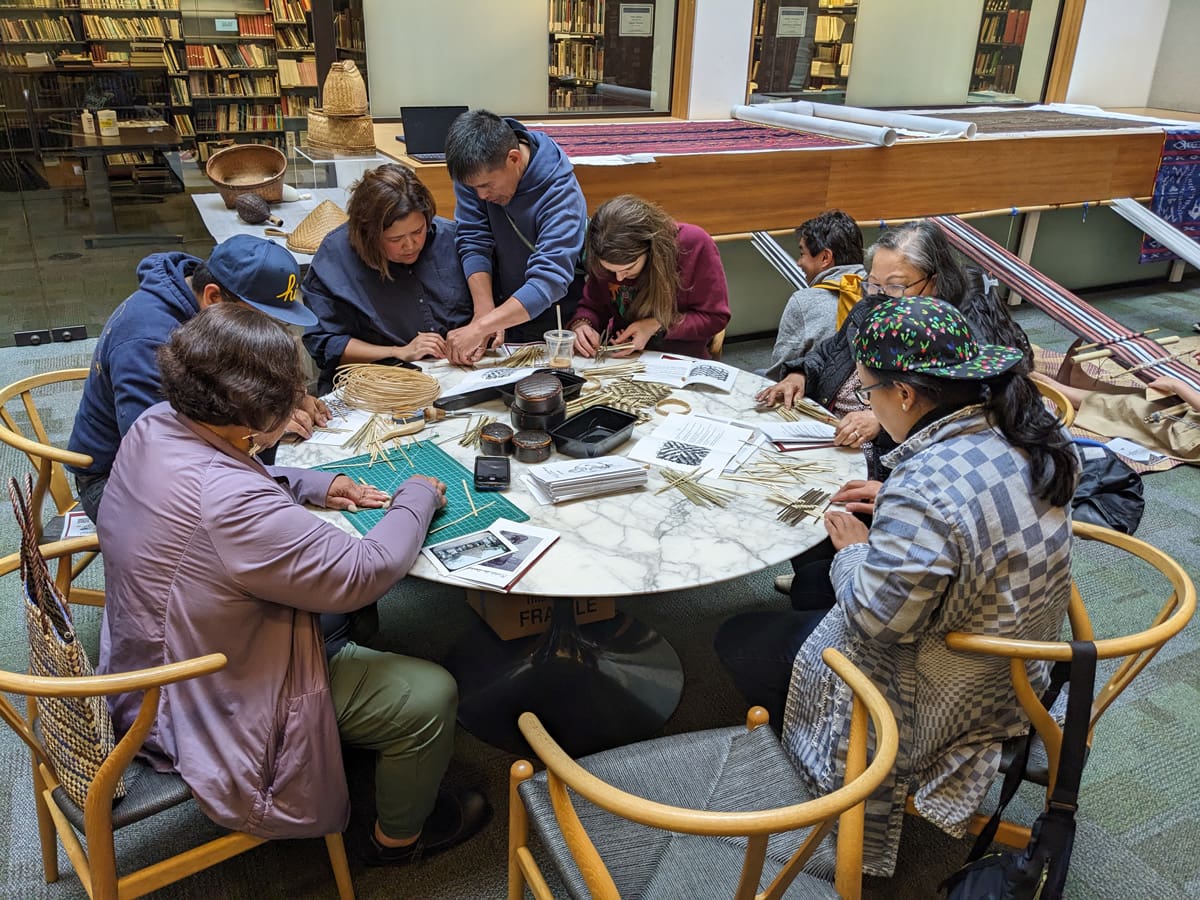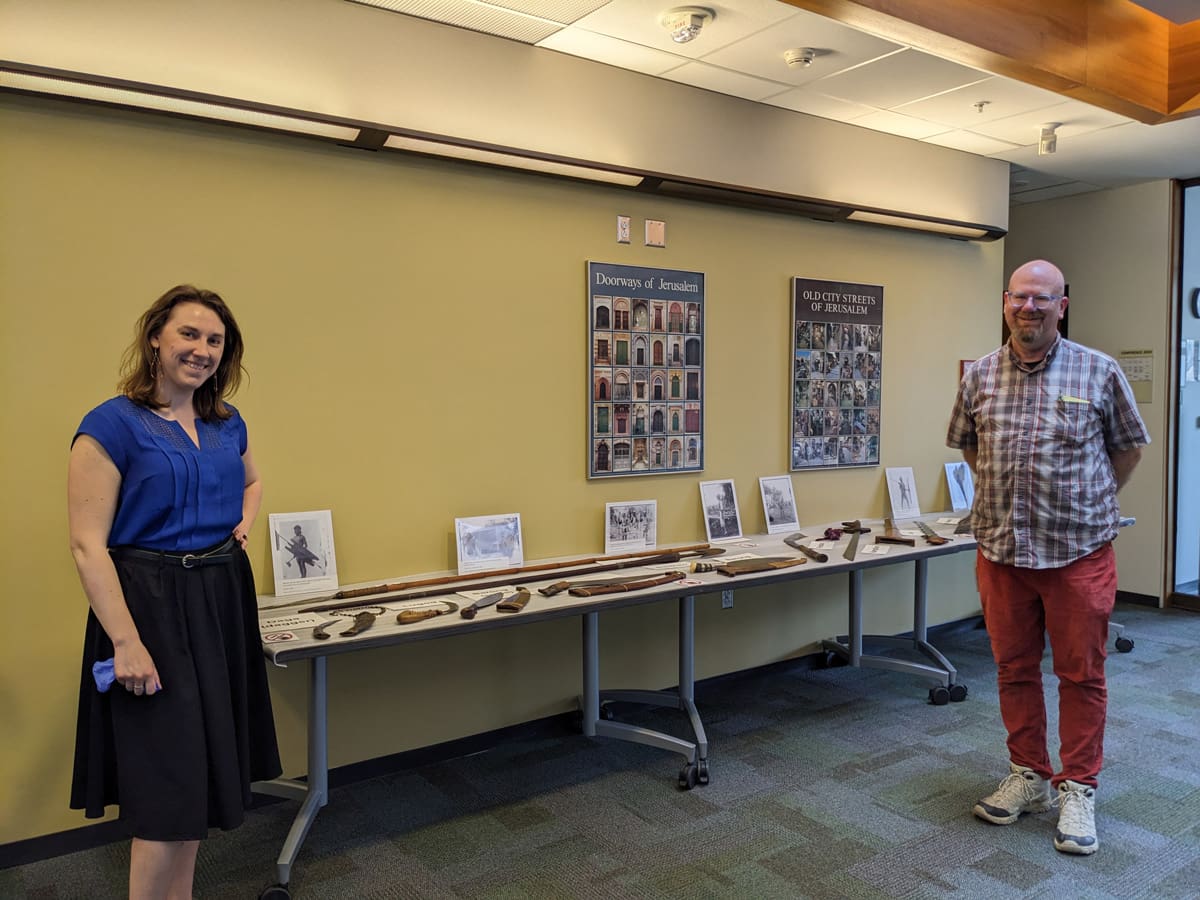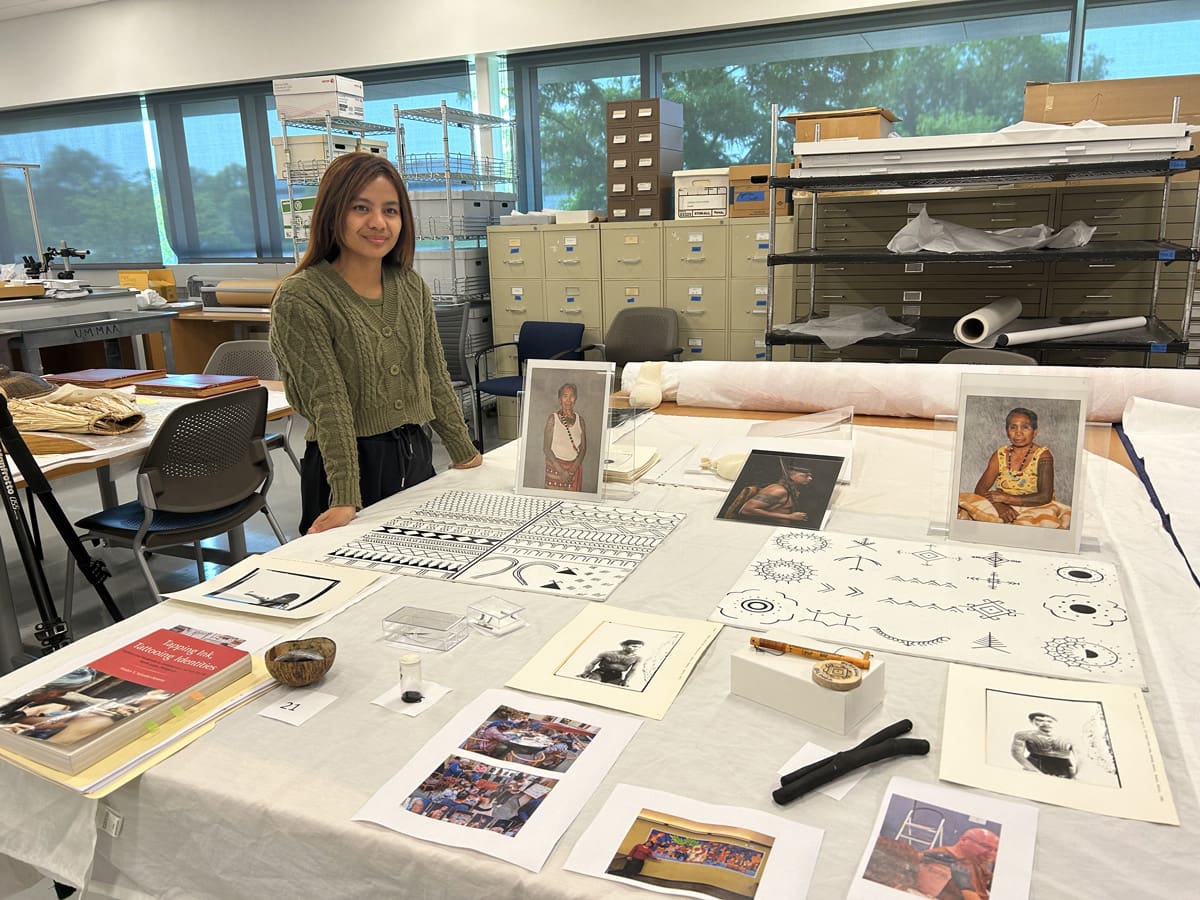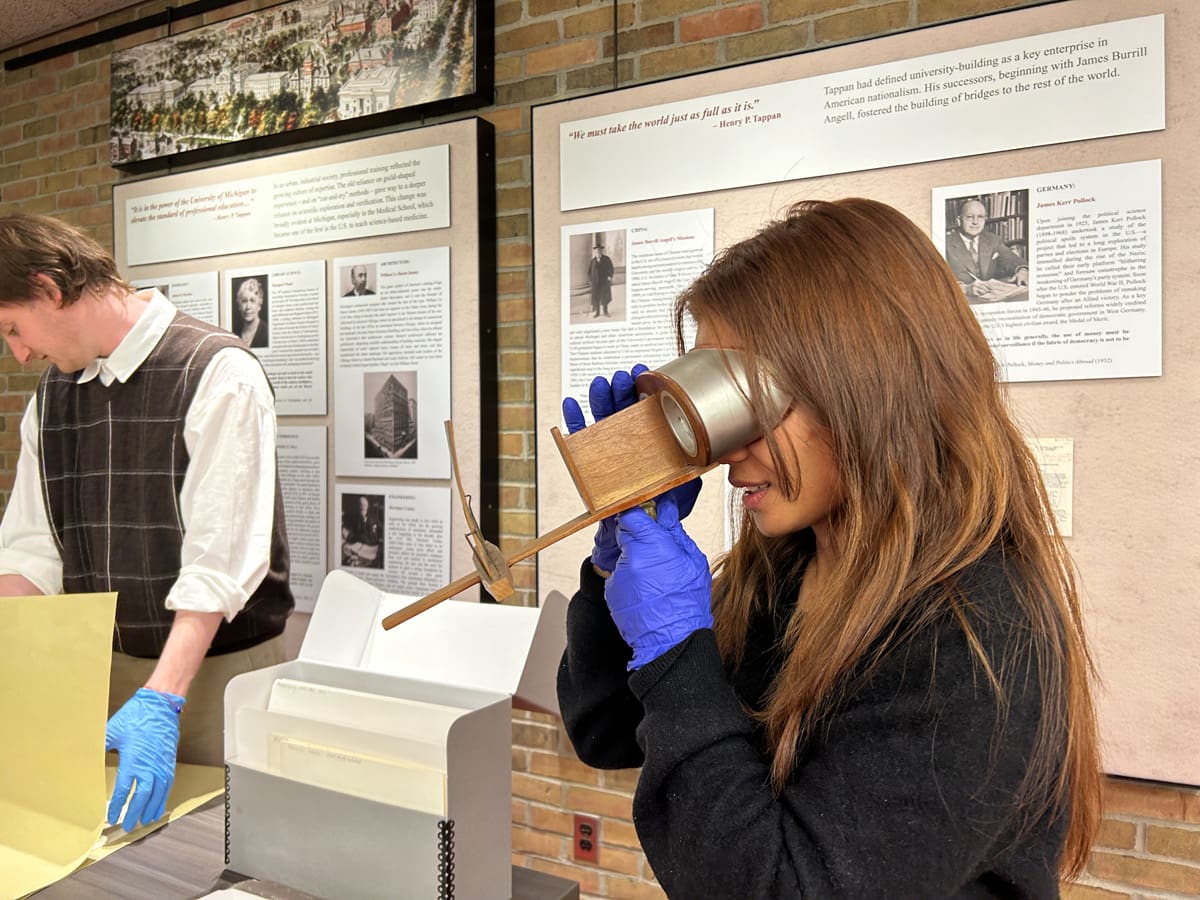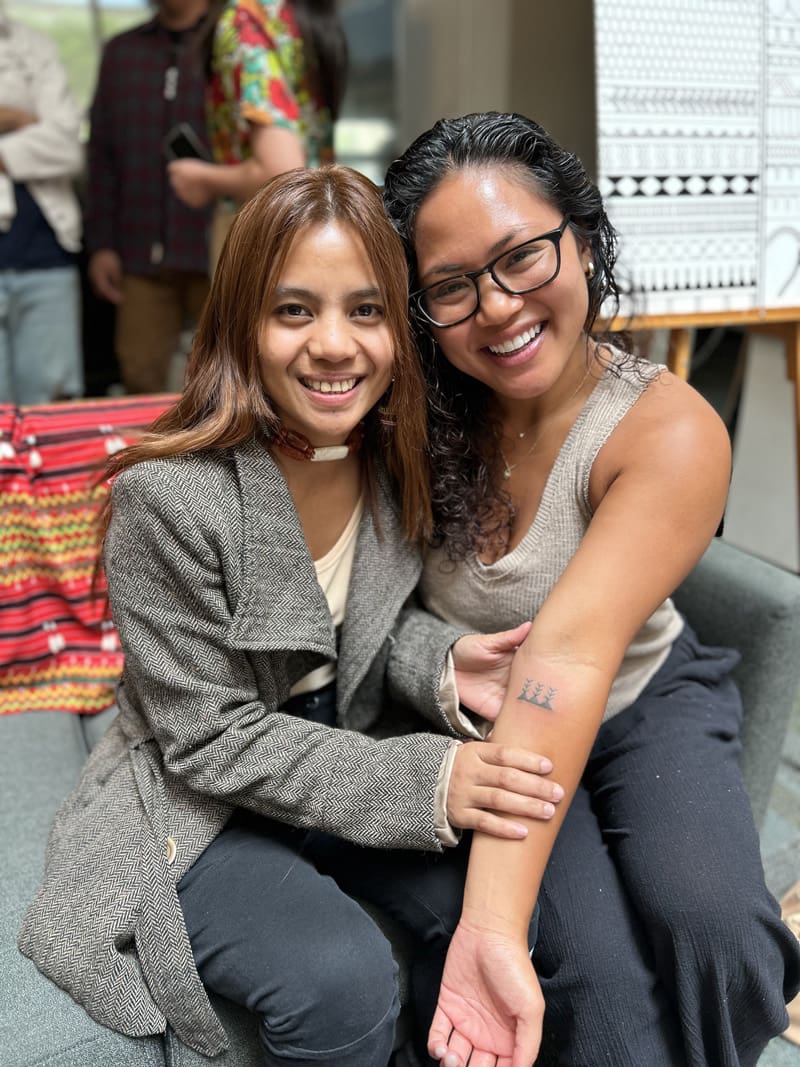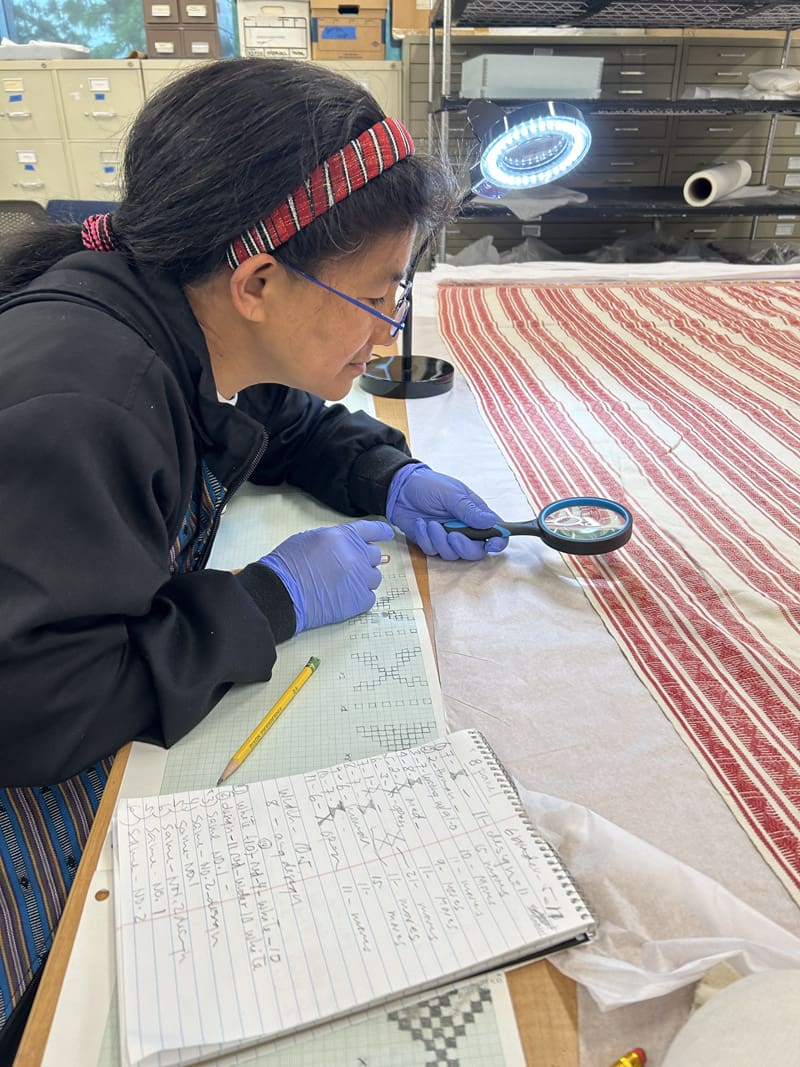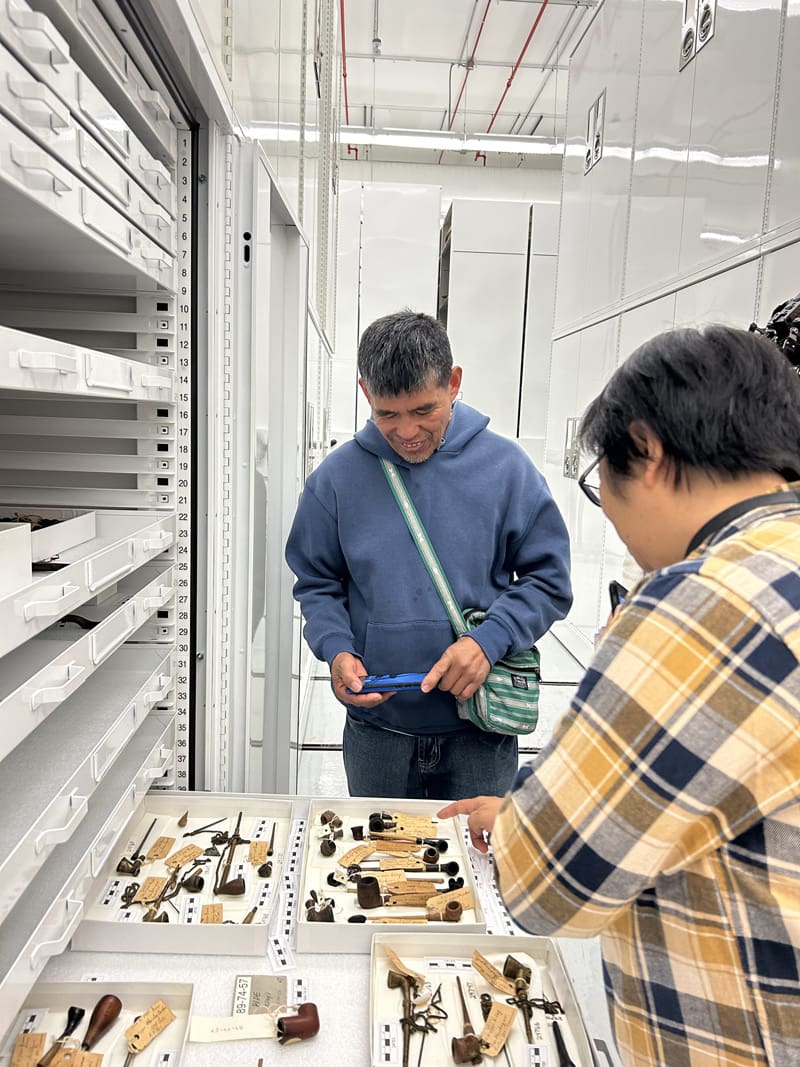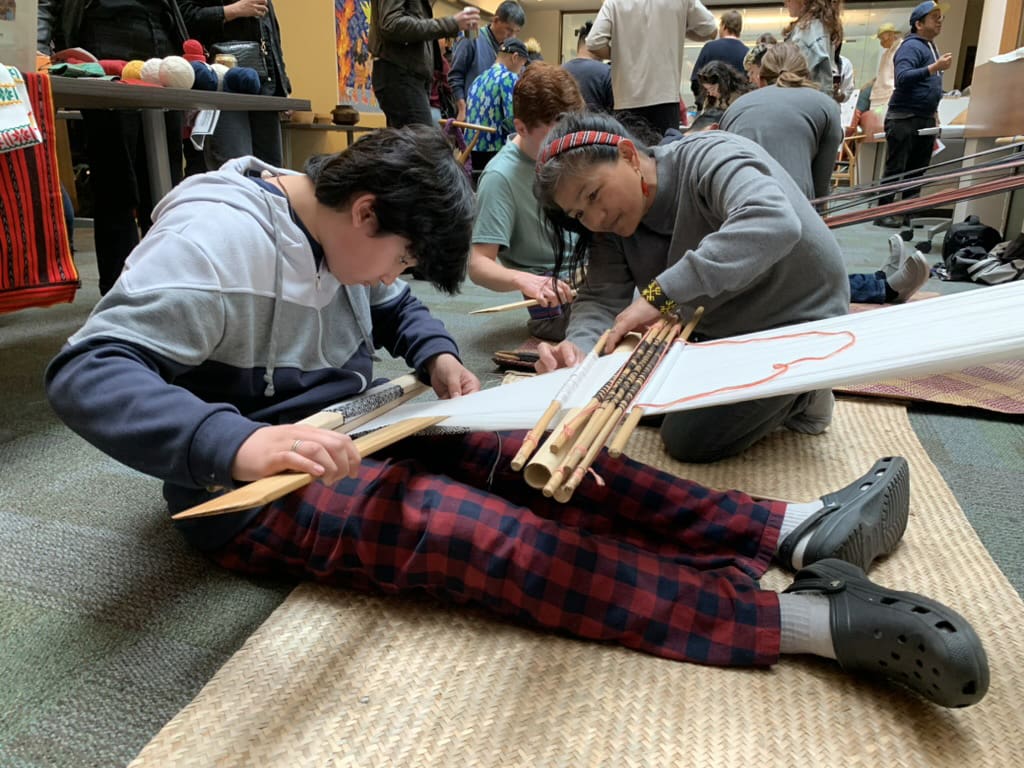Hosting Artists and Culture Bearers
Reflections and Recommendations for Hosting Artists and Culture Bearers in Philippine Colonial Collections
The ReConnect/ReCollect project organized three artist residencies in 2022-2023.
The goals of the residencies were to:
Make accessible and reconnect
the U-M’s Philippine collections to artists and culture bearers of Indigenous and Filipino descent
Remediate
harmful language and incorrect description through consultation with our artists and culture bearers
Deepen our understanding
of the value and meaning of these collections for non-academics, especially those from the Philippines and its diaspora
Explore
different meanings and pathways to knowledge repatriation
Build relationships
with communities of artists and culture bearers, Philippine institutions, and Filipino experts
Develop sustainable programming
for community engagement with Philippine collections
The residencies were between one and two weeks long and the project paid for all costs, including airfare and accommodation, per diem, honoraria, and materials.
Year One
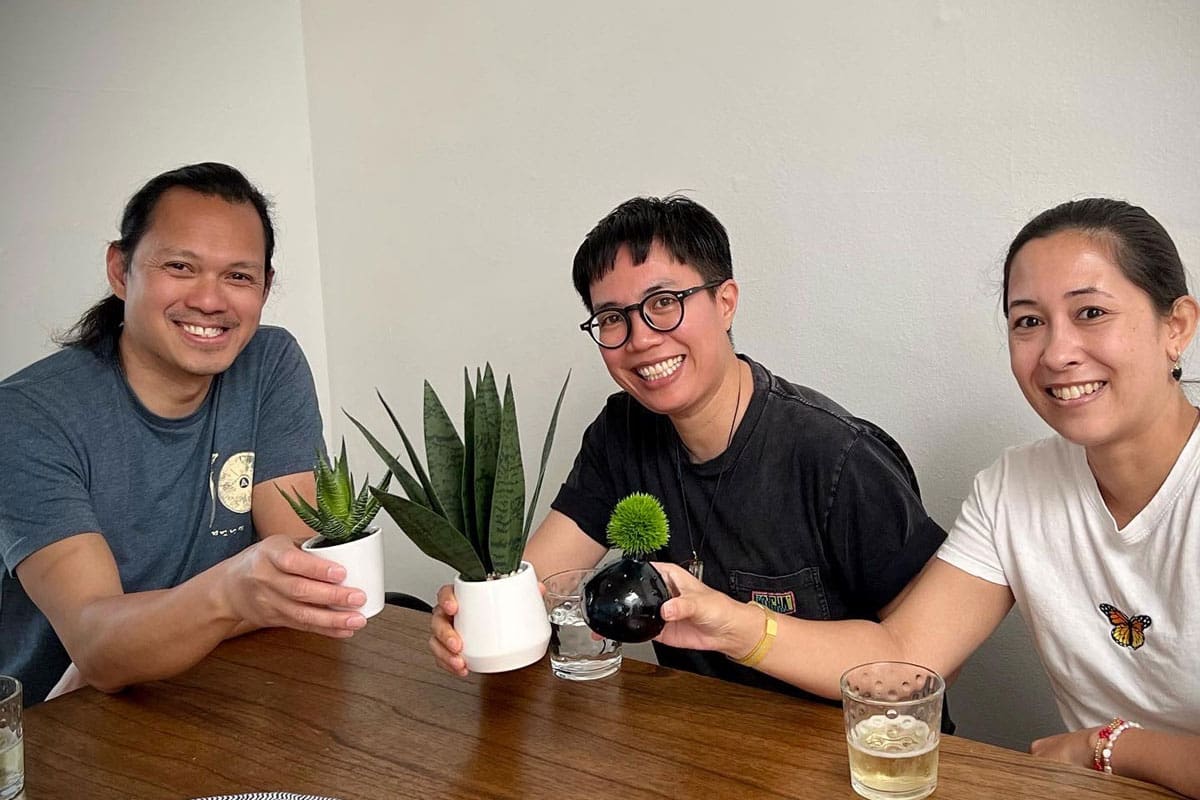
Artists-in-residence Francis Estrada, Maia Cruz Palileo, and Janna Añonuevo Langholz in Ann Arbor, 2022.
The first residency was held between May 14-May 29, 2022. ReConnect/ReCollect hosted three US-based visual artists of Filipino descent: Maia Cruz Palileo, Janna Añonuevo Langholz, and Francis Estrada. Orientations and access were arranged ahead of time, but schedules were kept flexible depending on each artist’s individual wishes and agendas. There was one public event, a round table, that took place towards the end of their residency. There were no expectations for producing work, although in March 2023 Maia Cruz Palileo held a solo exhibition of their work inspired by the ReConnect residency.
Year Two
The ReConnect/ReCollect project decided to collaborate with partners from our expanding networks to bring artists and culture bearers from the Philippines. Both residencies in year two featured public-facing workshops and demonstrations that included items from the UM Museum of Anthropological Archaeology (UMMAA).
For the first residency of 2023, we invited previous artist-in-residence Francis Estrada to collaborate with his teacher in Pekiti Tirsia Kali, a Filipino martial art, Tuhon (Master) Rommel Tortal from Bacolod, Negros Occidental. Together they spent a week engaging the extensive collection of bladed weapons at the UMMAA and related archival materials at the Bentley Historical Library and the Special Collections Research Center.
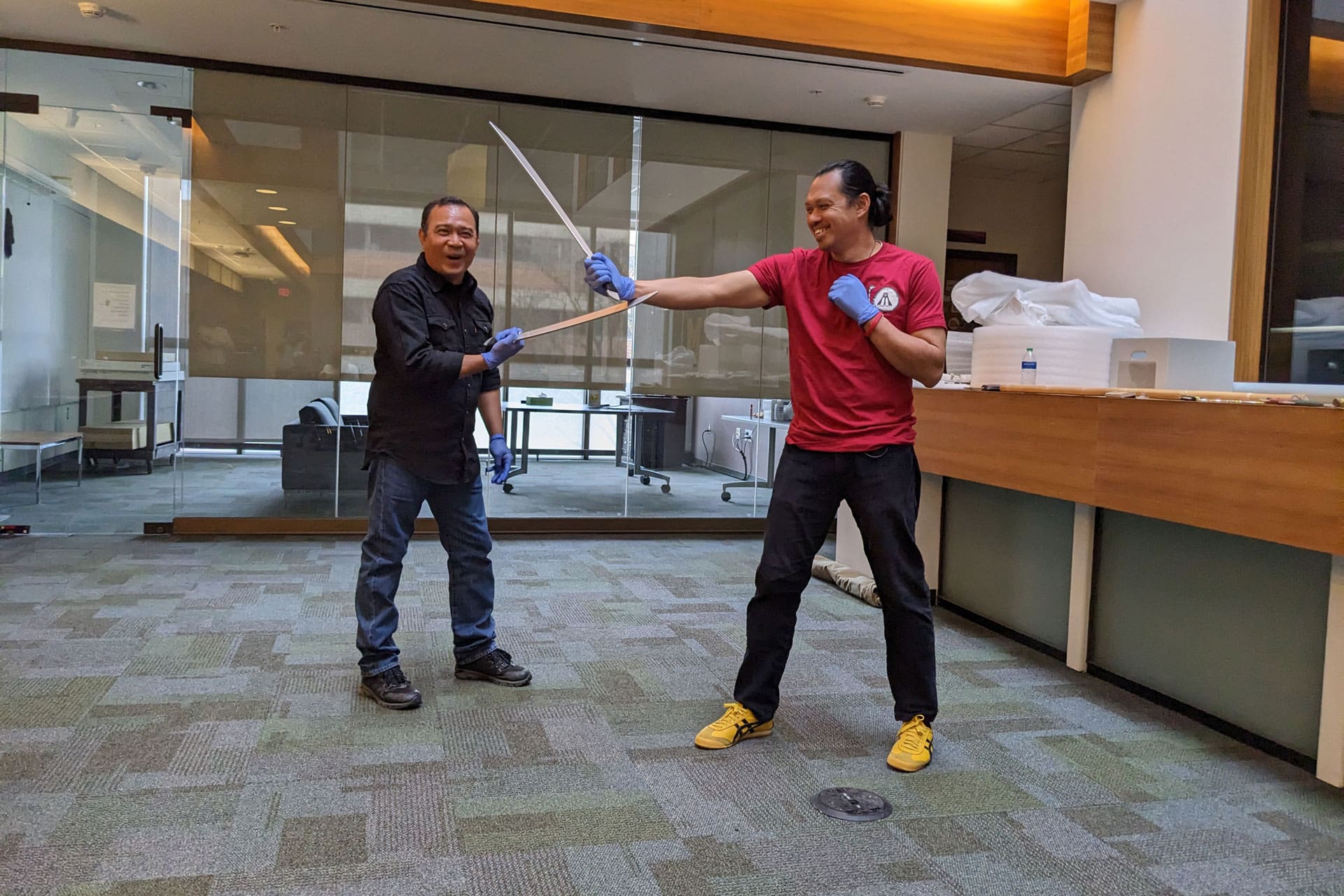
Tuhon Rommel Tortal and Francis Estrada demonstrate Pekiti Tirsia Kali (PTK), a traditional Filipino martial art indigenous to the Visayan Region of the Philippines, University of Michigan, 2023.
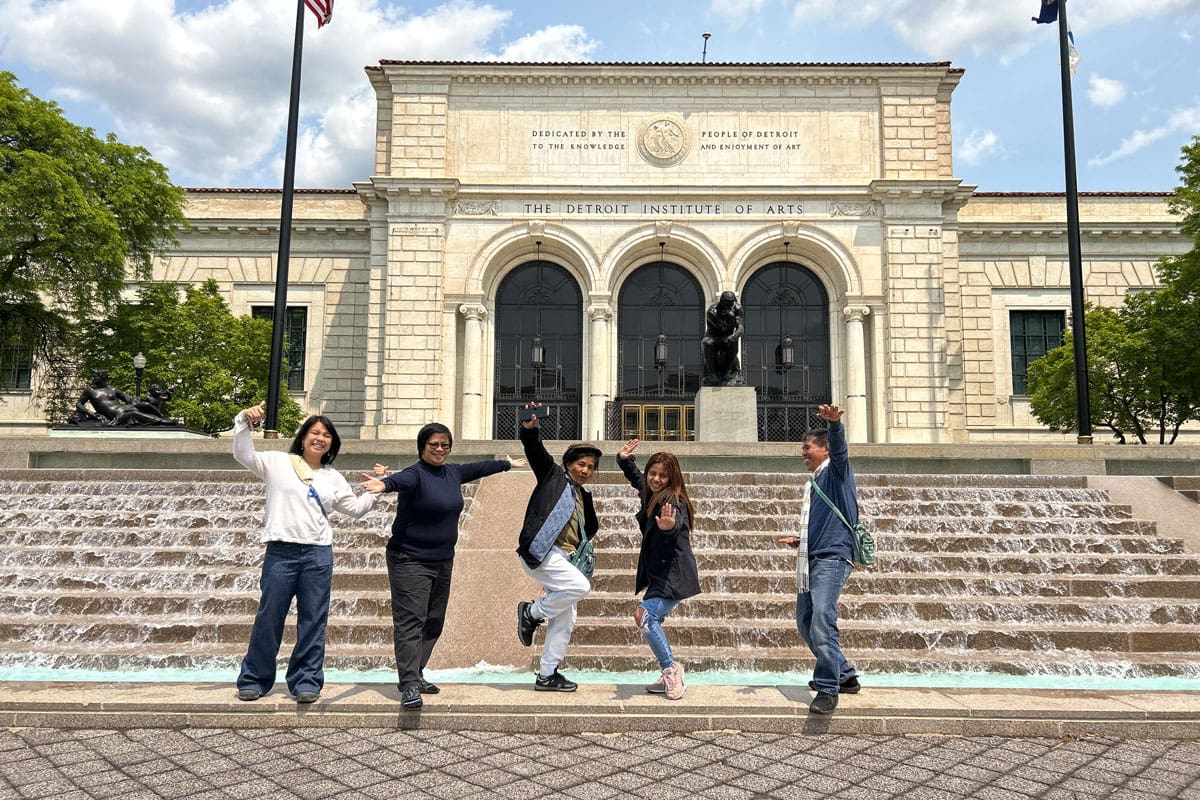
Year 2 Culture Bearers at the Detroit Institute of the Arts, 2023
For the second residency of 2023, ReConnect/ReCollect collaborated with University of the Philippines Baguio professor of anthropology Dr. Analyn Salvador-Amores to bring IP (Indigenous People) culture bearers Cathy Ekid-Domigyay (Bontoc – back strap loom weaver), Johnny Bangao, Jr. (Kankana-ey – basket weaver), Ammin Acha-ur (Kalinga – tattoo artist), and Baguio-based visual artist Justine Gabriela S. Amores to the collections. They spent the first of two weeks in the Philippine collections at the UM Museum of Anthropological Archaeology. The second week was spent at the Bentley Historical Library, the Special Collections Research Center, and the Newberry Library and the Field Museum in Chicago.
Reflections and Recommendations
Our experience hosting artists and culture bearers of Filipino descent taught us a lot about collaboration in the context of Filipino cultural collections.
Below are reflections and recommendations based on insights gleaned from our two-year endeavor.
Selection process
For all of our residencies, consultation with our external advisory board was key. Our advisory board was a multigenerational, diverse group of Filipino community organizers, professional archivists and museum curators, experts in Philippine archaeology and anthropology, and representatives of IP (Indigenous People) communities based in the US and the Philippines. We relied on them to recommend artists and culture bearers.
In selecting artists and culture bearers, we aimed for diversity in terms of artistic/cultural practice. Some of our artists and culture bearers were already well established professionals, others were early to mid-career. Equity in opportunity was a guiding factor.
Plan early!
In all cases, planning began at least six months before the residency. If you’re bringing artists or culture bearers from the Philippines it’s advisable to begin at least 9 months to a year before the residency, as the process of obtaining visas (and in some cases, passports) can be logistically complicated, bureaucratic and slow-going.
Compensate all participants
An all-expense-paid trip to your institution might seem like compensation enough for your invited artists and culture bearers, but it’s important to remember that in many cases, the opportunity is taking artists and culture bearers away from their livelihoods. Try wherever possible to include an honorarium in your budget to mitigate any potential loss of income.
Recognize diversity
There is no single, monolithic “Filipino culture” or “Filipino experience.” Honor the ethnic, linguistic, regional, indigenous, and generational diversity of the Philippines and its diasporic communities in your engagement with collaborators. While no one expects you to be an expert, show that you recognize diversity by properly identifying visitors’ place of origin and native language. If you don’t know, don’t be afraid to ask!
Respect Indigenous and Filipino cultural norms, knowledge frameworks, and protocols
For some culture bearers and artists, encountering collections is engaging their ancestors, and they may want to perform or request certain rituals be done before, during or after engaging your collections. Make sure your curators and collection managers are prepared to accommodate them. Culture bearers and community members are experts in their own right and should be treated as such. Give ample consideration to how you might solicit, accept, and record knowledge brought by your visitors.
Prepare for difficult moments and challenging conversations
Some collections contain highly sensitive materials, such as burial goods and human remains. Although it is important to be forthright about your collection’s scope and history, it is equally important to respect individual responses. Not everyone will share the same perspectives on harm, or be vulnerable in the same way. Giving space for collective and individual experiences and reflecting together is an essential learning opportunity.

